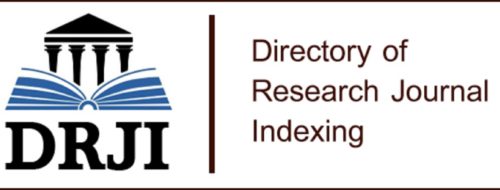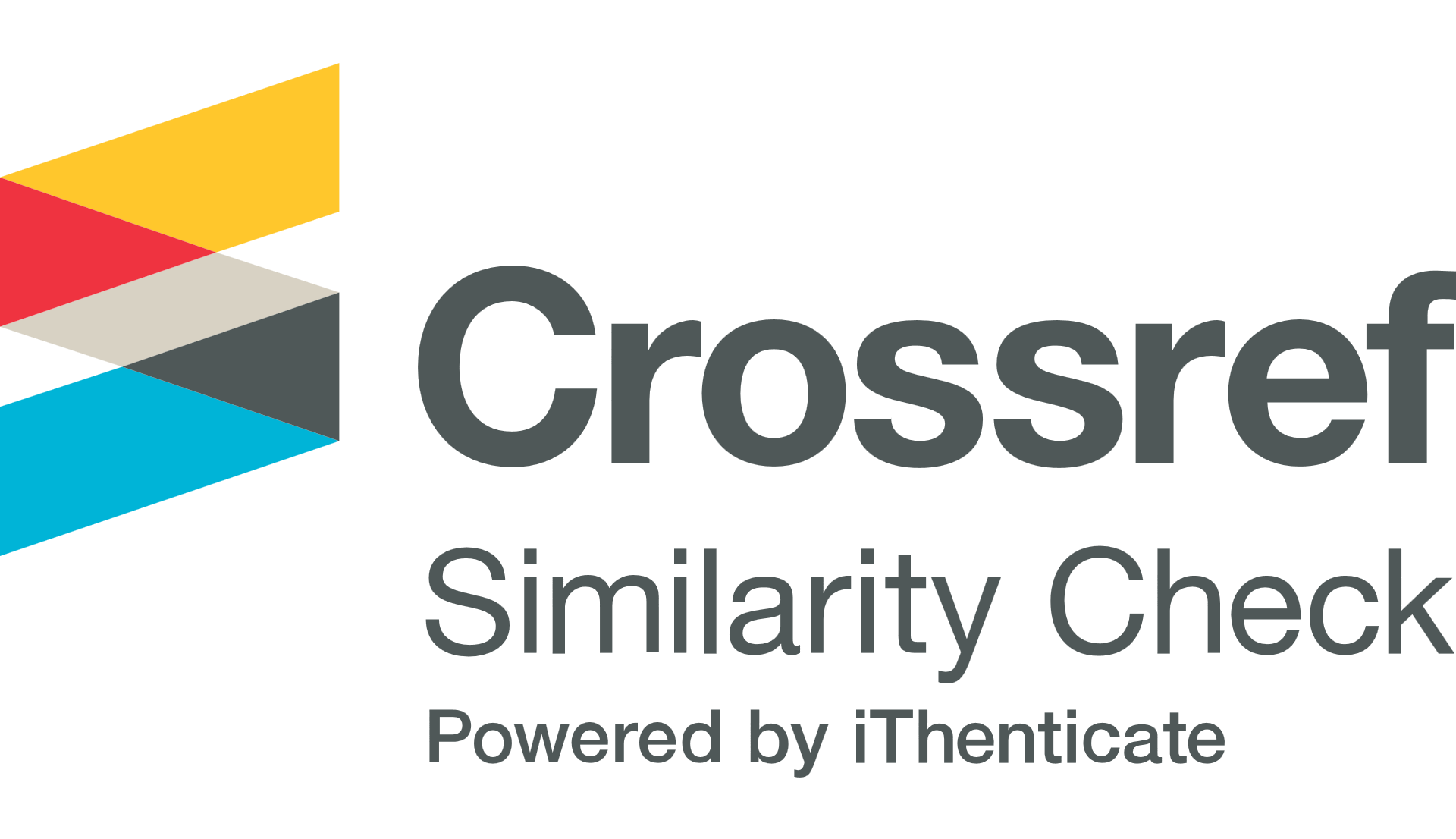IMPACT OF DISTRIBUTED GENERATION THROUGH SELF-CONSUMPTION PHOTOVOLTAIC SYSTEMS IN URBAN CIRCUITS
Keywords:
Self-consumption, distributed generation, energy sustainability, distribution network, renewable energy, electrical systemAbstract
DOI: https://doi.org/10.46296/ig.v8i15.0241
Today, electrical distribution systems face significant challenges such as technical losses, line overloads and increasing energy demand. Therefore, the study focused on analyzing how an urban network is affected by distributed generation, prioritizing operational efficiency and compliance with technical regulations. The study addressed the behavior of some systems when integrating distributed generation and meeting demand in specific sectors, especially under overload conditions that affect system reliability. The methodology used included power flow analysis, equivalent circuit modeling and computer simulations to evaluate various network scenarios. The findings show the possibility of performing balanced power management to optimize the use of existing assets and strengthening energy transmission planning. This study highlights the importance of incorporating distributed generation and its technical feasibility in a feeder. This in turn contributes to energy sustainability and the implementation of strategies to ensure a reliable and scalable supply, allowing sustainable development of cities with the injection of power in high demand contexts, the reduction of energy losses by bringing energy generation closer to the consumer in distribution networks.
Keywords: Self-consumption, distributed generation, energy sustainability, distribution network, renewable energy, electrical system.
References
Y. Hu et al., “Research progress and prospects of ecosystem carbon sequestration under climate change (1992–2022),” Ecol Indic, vol. 145, p. 109656, Dec. 2022, doi: 10.1016/j.ecolind.2022.109656.
J. Han, K. Han, T. Han, Y. Wang, Y. Han, and J. Lin, “Data-driven distributionally robust optimization of low-carbon data center energy systems considering multi-task response and renewable energy uncertainty,” Journal of Building Engineering, p. 111937, Jan. 2025, doi: 10.1016/j.jobe.2025.111937.
N. , Khadka, A. , Bista, B. , Adhikari, A. , Shrestha, D. , Bista, and B. Adhikary, “Current Practices of Solar Photovoltaic Panel Cleaning System and Future Prospects of Machine Learning Implementation,” IEEE Access, vol. 8, pp. 135948–135962, 2020, doi: 10.1109/ACCESS.2020.3011553.
S. Dadi Riskiono, L. Oktaviani, and F. Mulya Sari, “IMPLEMENTATION OF THE SCHOOL SOLAR PANEL SYSTEM TO SUPPORT THE AVAILABILITY OF ELECTRICITY SUPPLY AT SDN 4 MESUJI TIMUR,” IJISCS (International Journal of Information System and Computer Science), Jan. 2021, Accessed: Oct. 22, 2024. [Online]. Available: https://api.semanticscholar.org/CorpusID:233254703
G. Inca, D. Cabrera, D. Villalta, R. Bautista, and H. Cabrera, “Evaluación de la actualidad de los sistemas fotovoltaicos en Ecuador: avances, desafíos y perspectivas,” Ciencia Latina Revista Científica Multidisciplinar, vol. 7, no. 3, pp. 9493–9509, Jul. 2023, doi: 10.37811/cl_rcm.v7i3.6835.
F. Morante, A. Mocelin, and R. Zilles, “Capacitación y transferencia tecnológica: Su importancia en la sostenibilidad de los proyectos basados en tecnología solar fotovoltaica,” Avances en Energías Renovables y Medio Ambiente, vol. 10, pp. 1–8, 2006, Accessed: Feb. 01, 2025. [Online]. Available: http://sedici.unlp.edu.ar/handle/10915/88527
D. García, G. Benítez, A. Vázquez, and M. Gámez, “The distributed generation and its regulation in Ecuador,” Brazilian Journal of Business, vol. 3, no. 3, pp. 2018–2031, Jul. 2021, doi: 10.34140/bjbv3n3-001.
D. Pila, C. Quinatoa, L. Camacho, and J. Vaca, “Transient Stability Analysis of the Ecuadorian Electrical System: Case of the Southern Segment,” WSEAS TRANSACTIONS ON POWER SYSTEMS, vol. 19, pp. 360–373, Oct. 2024, doi: 10.37394/232016.2024.19.31.
ARCERNNR, “Regulation No. ARCERNNR-008/23,” Quito, Nov. 2023. Accessed: Oct. 22, 2024. [Online]. Available: https://www.controlrecursosyenergia.gob.ec/wp-content/uploads/downloads/2023/11/Regulacion-Nro.-ARCERNNR-008-23-signed1.pdf
F. Remache, J. Castillo, C. Quinatoa, and L. Camacho, “Simulation of Hybrid PV Solar System with Fuel Cell in MATLAB Simulink,” WSEAS TRANSACTIONS ON CIRCUITS AND SYSTEMS, vol. 23, pp. 172–183, Oct. 2024, doi: 10.37394/23201.2024.23.18.
C. Ramos and P. García, “Guía para realizar estudios de revisión sistemática cuantitativa,” CienciAmérica, vol. 13, no. 1, pp. 1–6, Jan. 2024, doi: 10.33210/ca.v13i1.444.
R. Medina, “Microrredes Basadas en Electrónica de Potencia: parte II: Control de Potencia Activa y Reactiva,” Ingenius, pp. 24–34, Oct. 2014, doi: 10.17163.ings.n12.2014.03.
J. Candelo, G. Caicedo, and F. Castro, “Métodos para el Estudio de la Estabilidad de Voltaje en Sistemas de Potencia,” Información tecnológica, vol. 19, no. 5, 2008, doi: 10.4067/S0718-07642008000500011.
S. , Kahrobaee and V. Mehr, “Probabilistic Analysis of PV Curtailment Impact on Distribution Circuit Hosting Capacity,” in 2020 47th IEEE Photovoltaic Specialists Conference (PVSC), 2020, pp. 2210–2213. doi: 10.1109/PVSC45281.2020.9300440.
C. Vera and A. Marulanda, “OPENDSS aplicado al modelamiento y simulación dinámica de microrredes,” Visión electrónica, vol. 12, no. 2, pp. 149–161, Oct. 2018, doi: 10.14483/22484728.13994.
F. Quevedo, V. Ortega, and L. Idrovo, “Generación de energía fotovoltaica en viviendas rurales en la provincia del Cañar,” Revista Científica y Tecnológica UPSE, vol. 10, no. 2, pp. 35–49, Dec. 2023, doi: 10.26423/rctu.v10i2.748.
L. Panjón, “Implementación de Sistemas Fotovoltaicos en Zonas Rurales del Cantón Morona Santiago,” Revista Técnica “Energía,” vol. 6, no. 1, Jan. 2010, doi: 10.37116/revistaenergia.v6.n1.2010.233.
A. Sánchez, J. Guarnizo, and F. Forero, “Sistema de gestión de energía descentralizado basado en multiagentes para operación de múltiples microrredes,” TecnoLógicas, vol. 24, no. 51, p. e1880, Jun. 2021, doi: 10.22430/22565337.1880.
K. , Schneider et al., “Analytic Considerations and Design Basis for the IEEE Distribution Test Feeders,” IEEE Transactions on Power Systems, vol. 33, no. 3, pp. 3181–3188, 2018, doi: 10.1109/TPWRS.2017.2760011.
M. , Quijano and G. González, “Study of the Penetration of Photovoltaic Energy at the Self-consumption Customer Level using the IEEE 13-Node Test Feeder adapted to Panama,” in 2022 IEEE 40th Central America and Panama Convention (CONCAPAN), 2022, pp. 1–5. doi: 10.1109/CONCAPAN48024.2022.9997607.
D. Chango, “Distributed generation: opportunities and conditions for its development in Ecuador: analysis of the effects of the application of current regulations in Ecuador, focusing on residential customers.,” EPN, Quito, 2023.
A. Matínez and Y. Llosas, “Techniques for the optimal location of distributed generation in electric power distribution networks,” Dominio de las Ciencias, vol. 8, no. 1, pp. 503–520, Jan. 2022, doi: 10.23857/dc.v8i41.2506.
D. , Paredes, S. , Marrero, and C. Quinatoa, “Optimization of Investments in Photovoltaic Microgeneration for Self-Consumption with Grid Injection,” Latacunga, 2024. [Online]. Available: www.nano-ntp.com
Published
How to Cite
Issue
Section
License
Copyright (c) 2025 Scientific Journal INGENIAR: Engineering, Technology and Research

This work is licensed under a Creative Commons Attribution-NonCommercial-ShareAlike 4.0 International License.

















